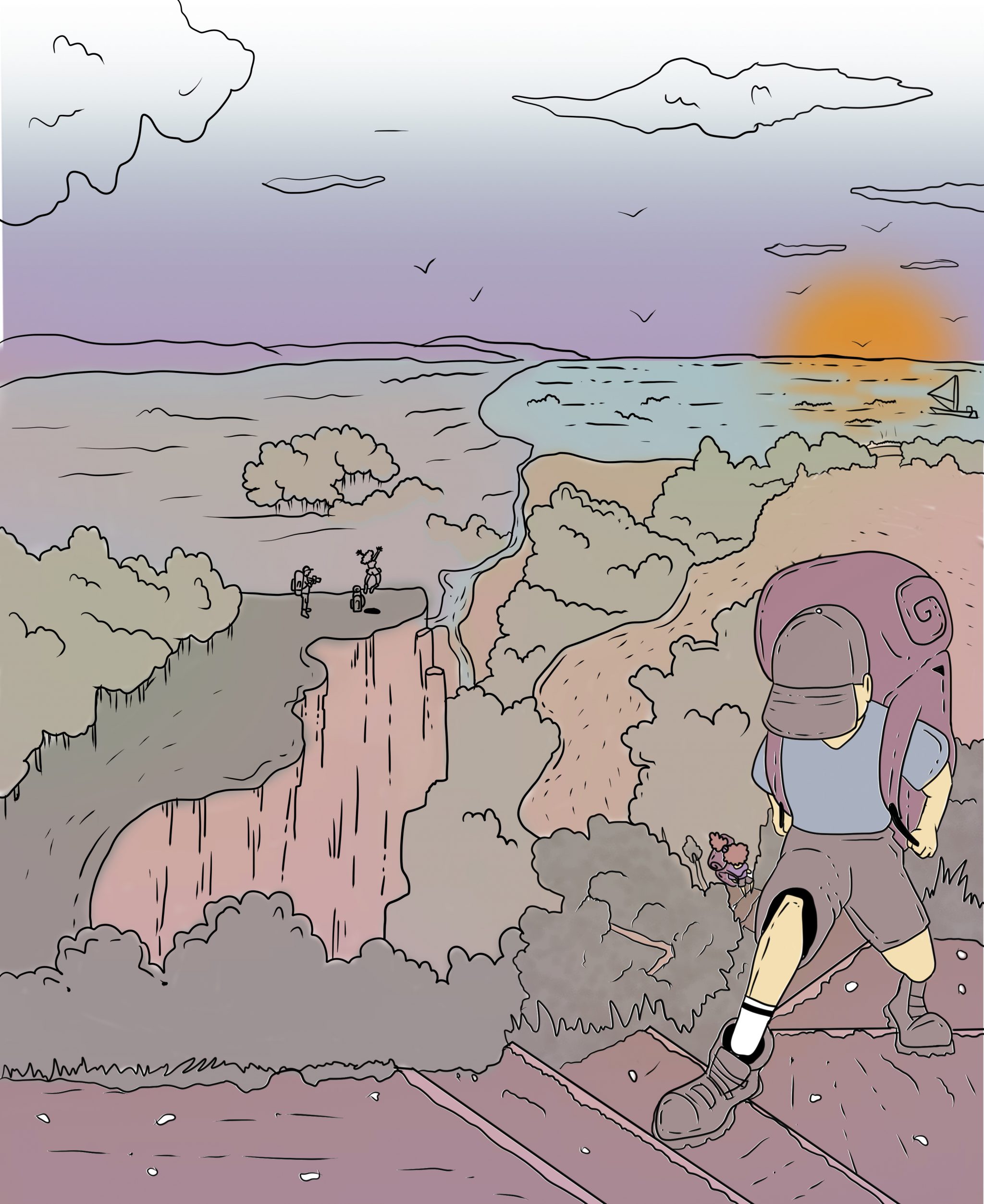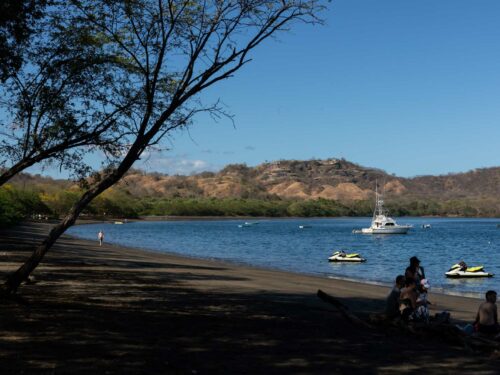
There are backpackers and then there are backpackers, but the strict sense the word refers to travelers that have saving money as their objective and, as they spend thriftly, they are able to capture the essence of each community they visit.
Backpacking isn’t always easy. We consulted with at least 10 tourism guides and we combined their advise with our extensive knowledge of the province in order to give you five essential pieces of advice for Costa Ricans and foreigners who decide to backpack through Guanacaste.
The most important tip of all is to spend time with locals, eat Guanacastecan creole food and get to know each community from its center to its beaches.
Why did a Slovak teenager come to live in Liberia? What does A Nigerian bring in her bags to La Cruz? These are their stories.
1. Luggage. Use a single backpack in order to move easier. Guanacaste is hot even in rainy season, so you won’t have to pack large coats. Take a light jacket to protect you from rain because sometimes there are surprise downpours. Don’t forget to put a lock on your backpack, bring sunscreen, bug repellent (indispensable) and a good hat or wide-brimmed sombrero to protect yourself from the sun.
2. Lodging. Take into consideration that November through April is peak tourist season, so reserving ahead of time will help assure a space and avoid paying high prices. Guanacaste has a good number of hostels. On a website such as Booking.com, you can easily find up to 40 options and most will allow you to cancel for free in advance. That way you don’t lose the flexibility and spontaneity of your trip. Finally, camping on beaches has become a good, low-cost lodging option.
3. Money. Our recommendation is to always carry a small amount of money in cash (around ¢10,000, or $20), in order to buy small things in convenience stories, which usually don’t accept cards. Walking along Guanacaste’s streets is usually safe. Take normal and basic safety precautions like hiding cash in different spots and don’t carry large sums of money.
4. Transportation. Using public transportation to get to national parks and other mountainous zones in the province may be difficult, but getting to the beaches isn’t as complicated. Take into consideration that this means of transports will add hours to your journey, above all because of the schedules and wait times. You can also take taxis, but the majority of them don’t use taximeters. Our recommendation is asking the driver to turn it on for short trips and negotiate a fixed price with the driver for long trips. Uber and Lyft do not exist in the province, but there are several rental car agencies. Evaluate your budget to see if you want to rent a vehicle.
5. Starting Point. In order to travel around the province, you should preferebly start at one of the Guanacaste urban centers: Liberia, Santa Cruz or Nicoya. Most buses to the various beaches will leave from these towns, which will allow you to make better use of internal routes. In these towns you can also try good creole food (achiote chicken or fried chicken) at the different markets in each community, which are very cheap.





Comments